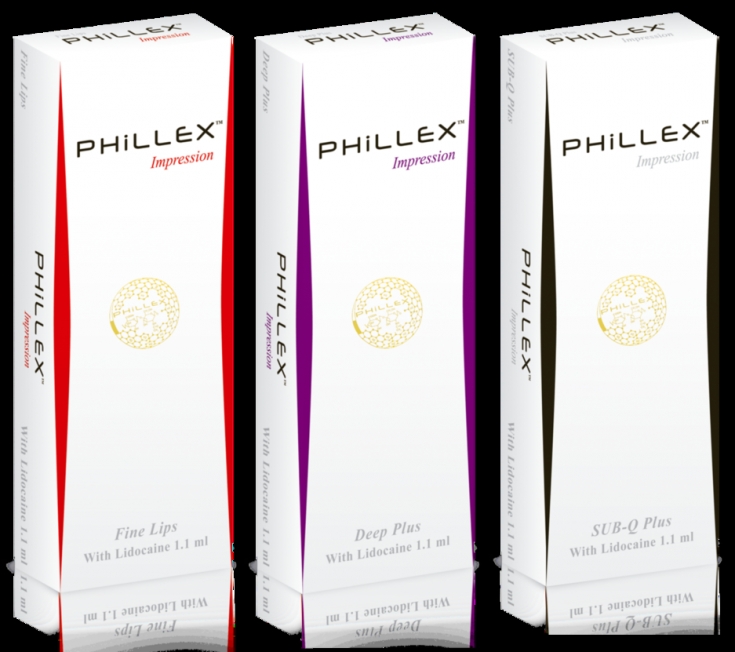Forehead wrinkles are also called worry wrinkles or expression wrinkles. Their early occurrence is associated with increased facial activity, excessive exposure to ultraviolet radiation, improper selection of skin care products, genetic predisposition, lack of sleep, and increased emotional lability. Thus, wrinkles on the forehead – it is an inevitable sign of the aging of every modern person. One of the fastest and most effective methods of dealing with them – is the use of dermal fillers. About read the main anatomical and technical features of the correction of this zone on estet-portal.com in this article.
The main causes of forehead wrinkles
Stress has the greatest effect on the appearance of wrinkles on the forehead. And not only because a person is sad a lot and the so-called “grimace of sorrow” freezes on his face.
Under the influence of stress, a person forgets about himself, does not eat enough, sleeps little — in general, leads a not the most healthy lifestyle, which leads to premature aging.
The most effective way to regain a youthful and fresh look — is to restore normal rhythm of life. But wrinkles do not always disappear from one smile, for their correction it is best to use fillers. PhillexTM dermal fillers, presented by Medhome Trading House, effectively resist compression load, making the effect after their application longer.
Forehead wrinkles:
• main types of forehead wrinkles;
• anatomical features of forehead area correction with fillers;
• Choice of dermal filler to correct forehead wrinkles.
The main types of forehead wrinkles
The early appearance of wrinkles on the forehead is associated, first of all, with the high mimic activity of this zone. It is the forehead that reflects almost all of our emotional reactions, and the skin, especially if it is not sufficiently hydrated, or the wrong care is chosen for it — easily subject to age-related changes.
There are two main types of wrinkles on the forehead:
• static wrinkles are visible when the face is relaxed. They occur due to loss of skin elasticity;
• Dynamic wrinkles are not noticeable at rest, however, over time they also become static.
Thus, dynamic wrinkles are best treated with botulinum toxin, while static wrinkles require the use of fillers.

Anatomical features of forehead area correction with fillers
In the forehead area there are two large vessels: a.supratrochlearis and a.supraorbitalis, which pass over the eyebrow and rise vertically up the forehead. The introduction of the filler should be carried out above 2 cm on the eyebrow, since in this area the vessels are located superficially, and the risk of ischemic complications is much lower. Work better with a cannula. The introduction of the filler can be carried out both retrograde and antegrade. Particular care should be taken to work in the glabella area, since this area has a developed vascular network.
Choice of dermal filler to correct forehead wrinkles
Non-surgical method of correction — still does not mean a frivolous method. Applying fillers to the forehead requires a detailed knowledge of anatomy as well as careful selection of the dermal filler.
In the forehead area, it is best to work with fillers, which include a local anesthetic, since injections in this area are quite painful.
PhillexTM fillers, supplied by Medhome Trading House, contain 24mg/ml hyaluronic acid and 0.3% lidocaine, which allows effective and painless correction. When working with high-quality dermal fillers, the risk of side effects is reduced, and the aesthetic result of the procedure is improved.







Add a comment